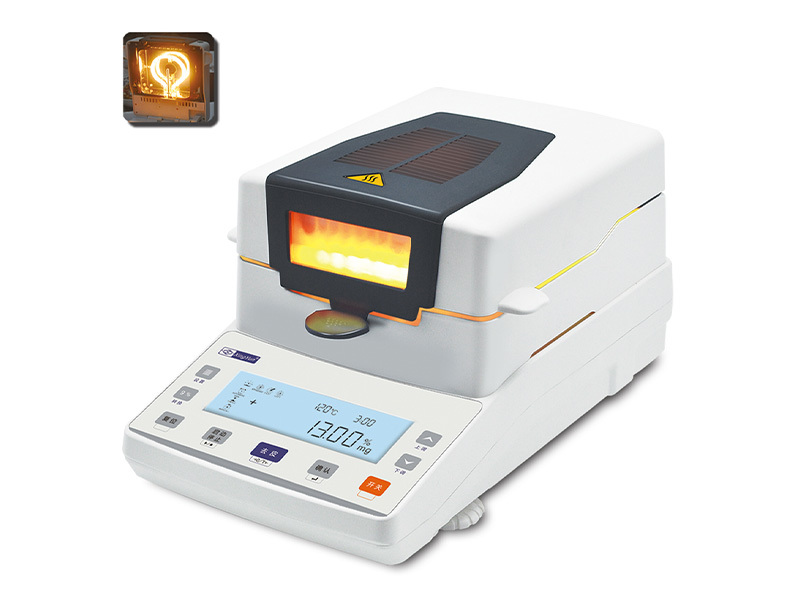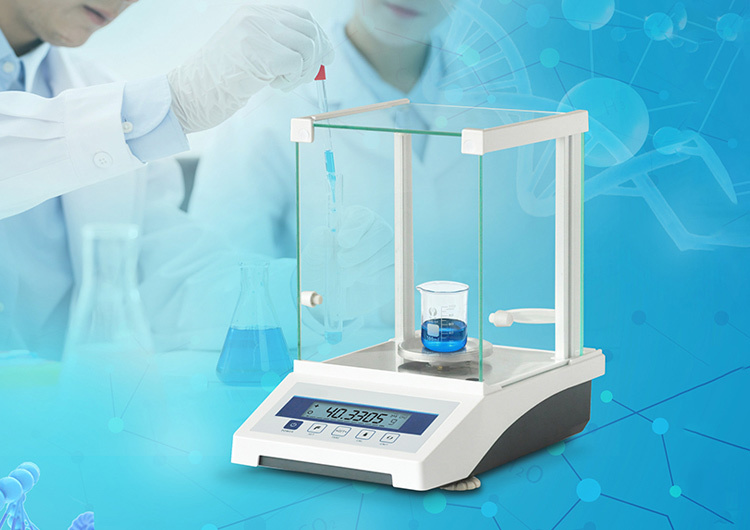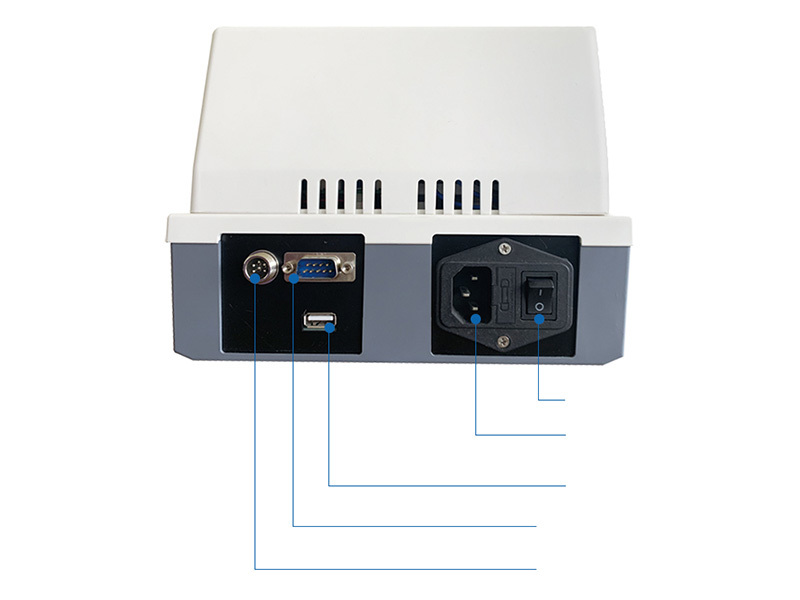News
The Ultimate Guide to Choosing an Analytical Balance with 0.01mg Precision for Your Laboratory Needs
2025-04-15
When working in a chemical laboratory, precision is paramount. An analytical balance with a sensitivity of 0.01mg is an indispensable tool for obtaining accurate measurements, which is crucial for various applications, including formulation, quality control, and research. Understanding the features and functionalities of these balances can significantly enhance your laboratory efficiency and data reliability.
One of the primary advantages of using an analytical balance with a 0.01mg precision is its ability to provide highly accurate weight measurements. This level of precision is essential when dealing with small quantities of chemicals, where even the slightest variation can lead to significant differences in experimental outcomes. Whether you are weighing reagents for a chemical reaction or preparing solutions, the accuracy of your measurements will directly impact the reproducibility of your results.
Another important feature to consider when selecting an analytical balance is its capacity. Most balances in this category can handle weights ranging from a few milligrams to several hundred grams. Ensure that the balance you choose meets the requirements of the tasks you will perform. Balances with larger capacities can accommodate bigger samples, while those with higher precision are better suited for smaller quantities.
Stability and readability are also critical factors in the performance of an analytical balance. Look for models equipped with high-stability technology to minimize the impact of environmental factors such as vibrations and air currents. Additionally, a clear and easy-to-read display will enhance usability, allowing you to quickly and accurately record measurements.
Calibration and maintenance are essential to ensure the longevity and accuracy of your analytical balance. Regular calibration using certified weights will help maintain its precision. Some balances come with built-in calibration functions that simplify this process. Always follow the manufacturer’s guidelines for maintenance and care to prevent issues that could affect your balance's performance.
In terms of features, many modern analytical balances offer advanced functionalities, including data logging, connectivity options, and user-friendly interfaces. These features can streamline data management and improve overall efficiency in your laboratory practices. Consider balances that integrate with laboratory information management systems (LIMS) to enhance data traceability and ensure compliance with regulatory standards.
In conclusion, selecting the right analytical balance with a 0.01mg precision is critical for achieving reliable and accurate measurements in your laboratory. By focusing on key factors such as accuracy, capacity, stability, and additional features, you can make an informed decision that meets your specific laboratory needs. Investing in a high-quality analytical balance will undoubtedly contribute to the success of your chemical analyses and experiments.
One of the primary advantages of using an analytical balance with a 0.01mg precision is its ability to provide highly accurate weight measurements. This level of precision is essential when dealing with small quantities of chemicals, where even the slightest variation can lead to significant differences in experimental outcomes. Whether you are weighing reagents for a chemical reaction or preparing solutions, the accuracy of your measurements will directly impact the reproducibility of your results.
Another important feature to consider when selecting an analytical balance is its capacity. Most balances in this category can handle weights ranging from a few milligrams to several hundred grams. Ensure that the balance you choose meets the requirements of the tasks you will perform. Balances with larger capacities can accommodate bigger samples, while those with higher precision are better suited for smaller quantities.
Stability and readability are also critical factors in the performance of an analytical balance. Look for models equipped with high-stability technology to minimize the impact of environmental factors such as vibrations and air currents. Additionally, a clear and easy-to-read display will enhance usability, allowing you to quickly and accurately record measurements.
Calibration and maintenance are essential to ensure the longevity and accuracy of your analytical balance. Regular calibration using certified weights will help maintain its precision. Some balances come with built-in calibration functions that simplify this process. Always follow the manufacturer’s guidelines for maintenance and care to prevent issues that could affect your balance's performance.
In terms of features, many modern analytical balances offer advanced functionalities, including data logging, connectivity options, and user-friendly interfaces. These features can streamline data management and improve overall efficiency in your laboratory practices. Consider balances that integrate with laboratory information management systems (LIMS) to enhance data traceability and ensure compliance with regulatory standards.
In conclusion, selecting the right analytical balance with a 0.01mg precision is critical for achieving reliable and accurate measurements in your laboratory. By focusing on key factors such as accuracy, capacity, stability, and additional features, you can make an informed decision that meets your specific laboratory needs. Investing in a high-quality analytical balance will undoubtedly contribute to the success of your chemical analyses and experiments.
Related News













